Mino, the first stomach of a cow, is a popular delicacy in Japan, especially in yakiniku restaurants. Known for its satisfying chewiness and rich flavor, it has become a staple of horumon cuisine, enjoyed grilled or in various dishes. But what makes first cow stomach so special, and how did it become a favorite among offal lovers? Keep reading to uncover the unique appeal, history, and best ways to enjoy this flavorful cut!
What is Mino?
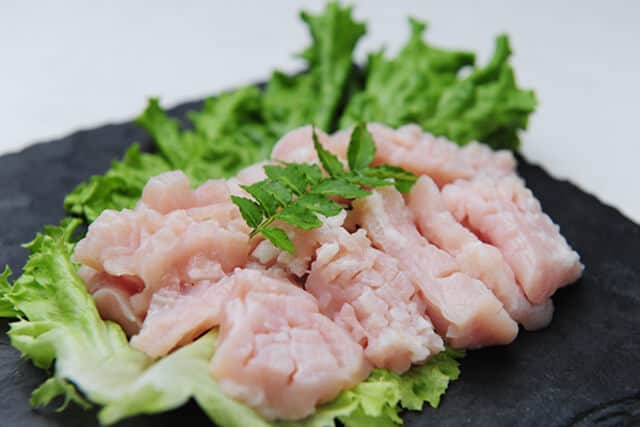
“Mino” refers to the stomach of a cow. People say its name comes from its resemblance to a “mino,” a traditional Japanese rain gear, when cut open. This rain gear has been passed down in Japan since ancient times. This type of tripe has a thick, white appearance. The thickest part is called “jomino,” while the fatty portion between the meat is sometimes served as a “mino sandwich.” With its pleasant crunch and mild flavor, first cow stomach lacks the strong smell or heaviness typical of horumon, making it a refreshing and enjoyable dish.
Mino History
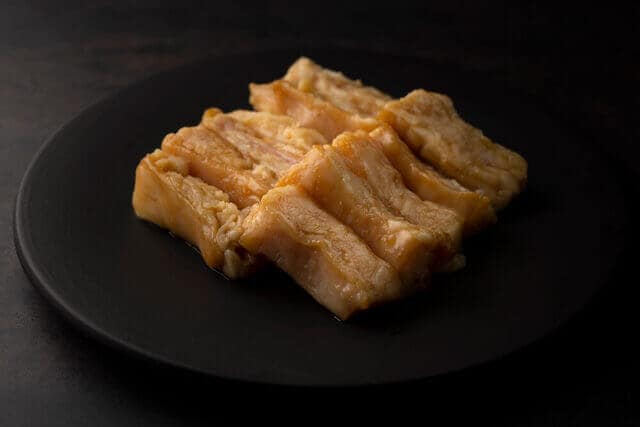
The history of Mino (ミノ) in Japan traces back to the development of horumon (ホルモン) cuisine, which refers to dishes made from beef or pork offal. While organ meats have been consumed in Japan for centuries, their popularity grew significantly after World War II, when food shortages encouraged people to utilize every part of an animal. The rise of yakiniku (Japanese-style grilled meat) in the mid-20th century further boosted the popularity of first cow stomach.
How to Prepare and Enjoy Mino?
The first stomach of a cow, is prized for its white, soft texture. To prepare it, first, remove the fat covering the surface. Then, make deep grid-like cuts, similar to slicing a conger eel, to tenderize the meat. Finally, cut it into bite-sized pieces.
For a classic yakiniku experience, season the first cow stomach with salt, pepper, and sesame oil before grilling. As it cooks, the cuts open, releasing flavorful juices. Cooking it lightly keeps it chewy and juicy, while grilling longer makes it crispier and more fragrant—perfect for pairing with beer!
Difference Between Mino and Jyomino

Jyomino (Upper Mino) is a thicker, more elastic part of Mino. While both cuts share a crunchy texture and a sweet, savory flavor, Jyomino offers a firmer bite. The key difference lies in the thickness rather than meat quality. Additionally, the “Mino sandwich” comes from a rare, fatty cut, combining a crunchy texture with rich fat flavor. Comparing these variations can make for an interesting tasting experience!
Summary
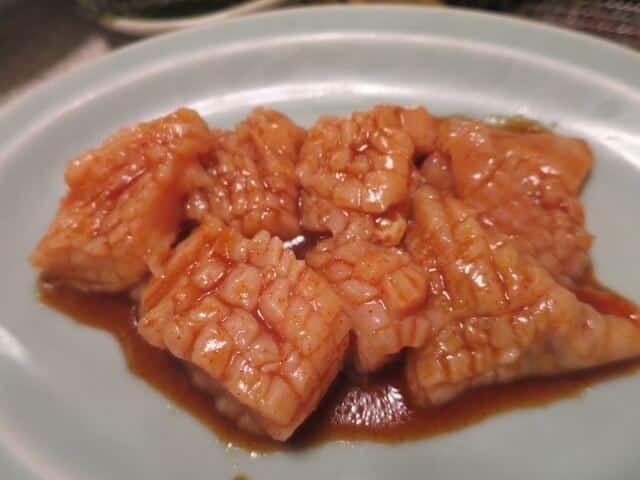
Mino is a delicious and unique part of Japanese horumon cuisine, offering a satisfying texture and rich flavor that make it a must-try for meat lovers. Whether you enjoy it grilled at a yakiniku restaurant or try cooking it yourself, its chewy bite and savory taste are sure to leave an impression. If you ever visit Japan, be sure to seek out fresh first cow stomach and experience its deliciousness firsthand!
If you enjoyed learning about mino, you might also want to try other horumon delicacies like tecchan (large intestine), or kobukuro (uterus)—each offering its own unique texture and flavor to explore!

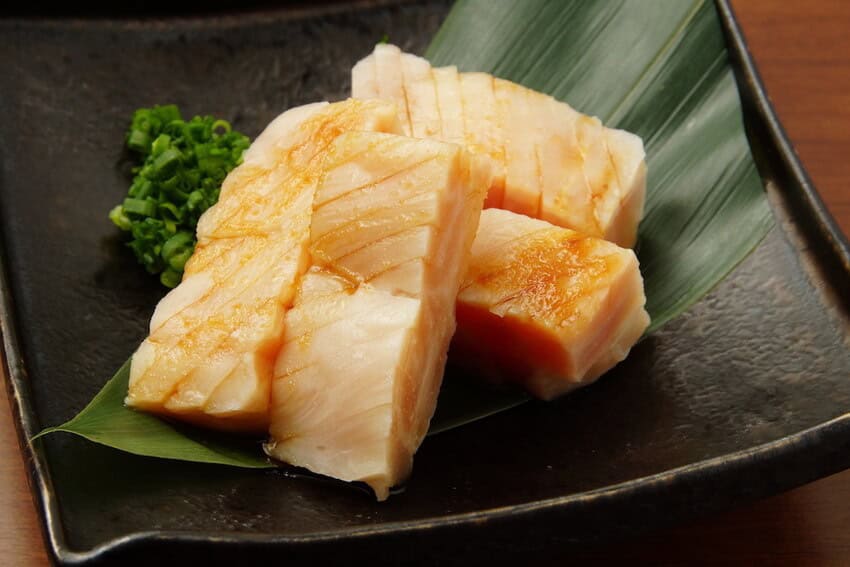
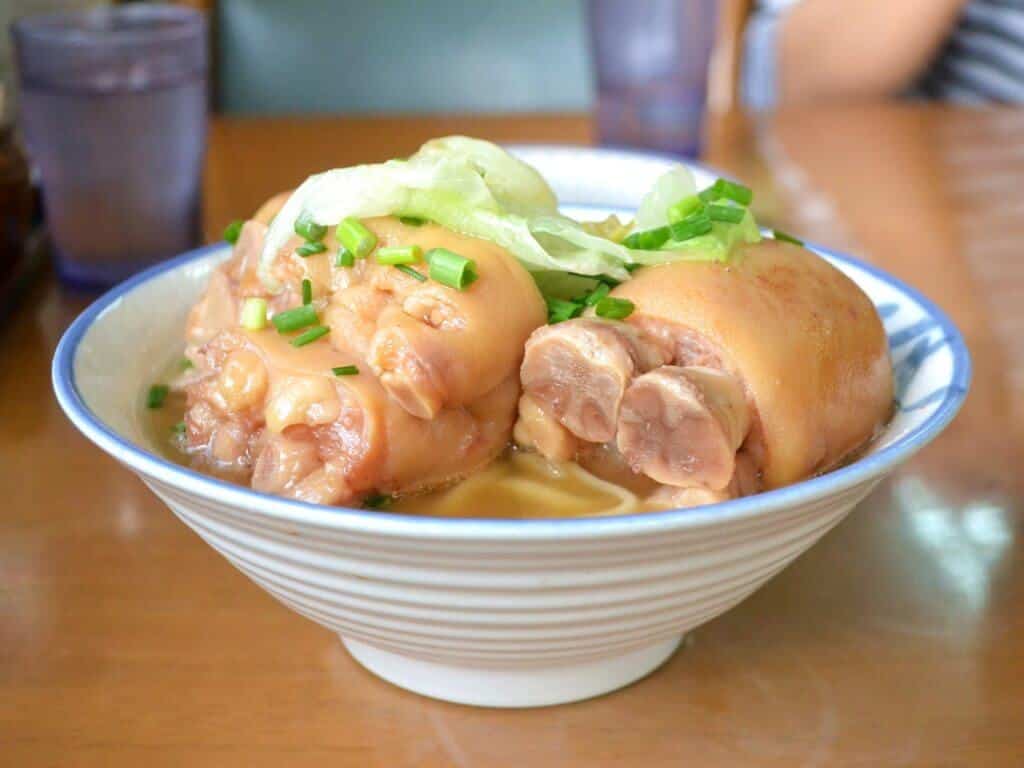

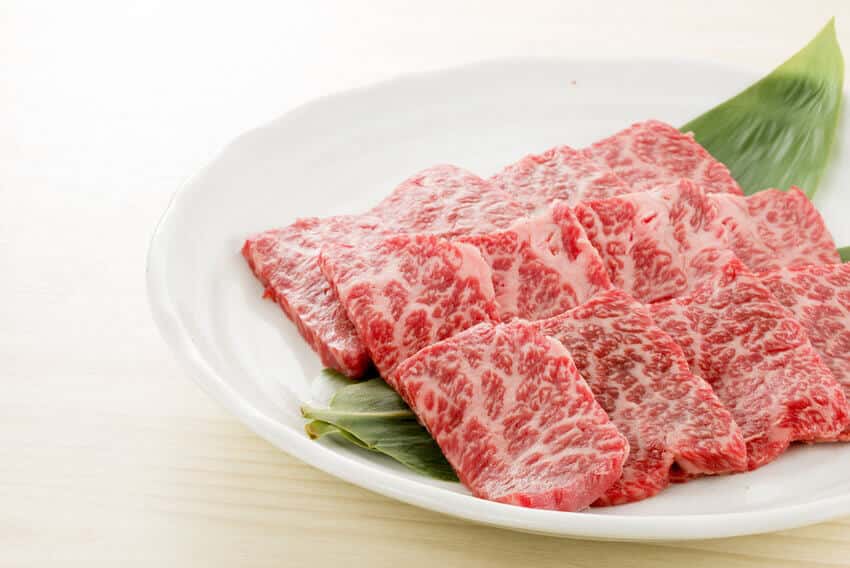

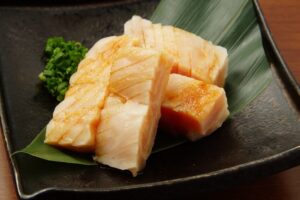
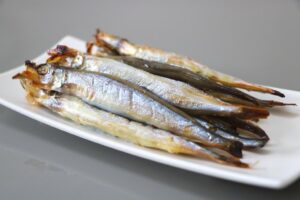


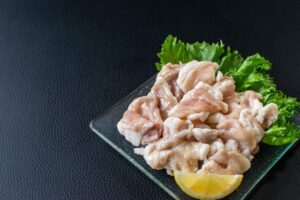
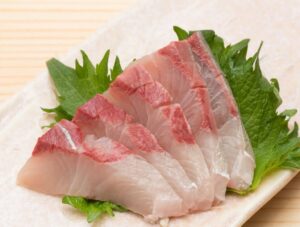
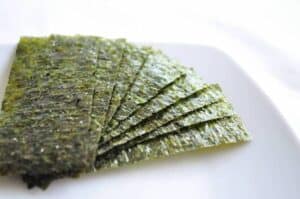

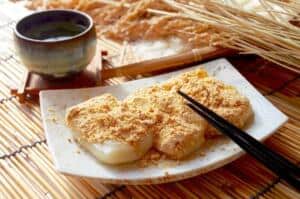
Comments